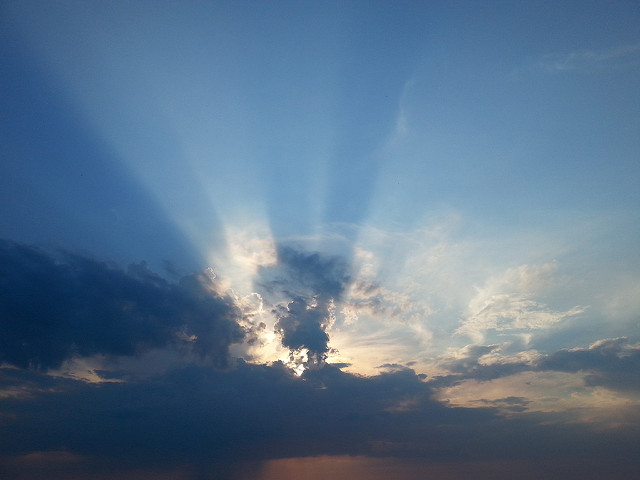A paper from this past year by GarcÃa-Mena et al entitled “Airborne Bacterial Diversity from the Low Atmosphere of Greater Mexico City” uses culture techniques and 16S sequencing of the air in Greater Mexico City. There doesn’t seem to be as much literature on microbes in the air as there is about other surfaces and parts of the build environment, but maybe I’m missing it. I’ve always been under the impression that it’s fairly hard to extract DNA from air since the density of microbes is so much less than on, say, a desk space or someone’s phone. This study managed to get a good amount of data, and found that the low atmosphere has many microbes that are associated with the people living below it. The abstract is as follows:
Greater Mexico City is one of the largest urban centers in the world, with an estimated population by 2010 of more than 20 million inhabitants. In urban areas like this, biological material is present at all atmospheric levels including live bacteria. We sampled the low atmosphere in several surveys at different points by the gravity method on LB and blood agar media during winter, spring, summer, and autumn seasons in the years 2008, 2010, 2011, and 2012. The colonial phenotype on blood agar showed α, β, and γ hemolytic activities among the live collected bacteria. Genomic DNA was extracted and convenient V3 hypervariable region libraries of 16S rDNA gene were high-throughput sequenced. From the data analysis, Firmicutes, Proteobacteria, and Actinobacteria were the more abundant phyla in all surveys, while the genera from the family Enterobacteriaceae, in addition to Bacillus spp., Pseudomonas spp., Acinetobacter spp., Erwinia spp., Gluconacetobacter spp., Proteus spp., Exiguobacterium spp., and Staphylococcus spp. were also abundant. From this study, we conclude that it is possible to detect live airborne nonspore-forming bacteria in the low atmosphere of GMC, associated to the microbial cloud of its inhabitants.
